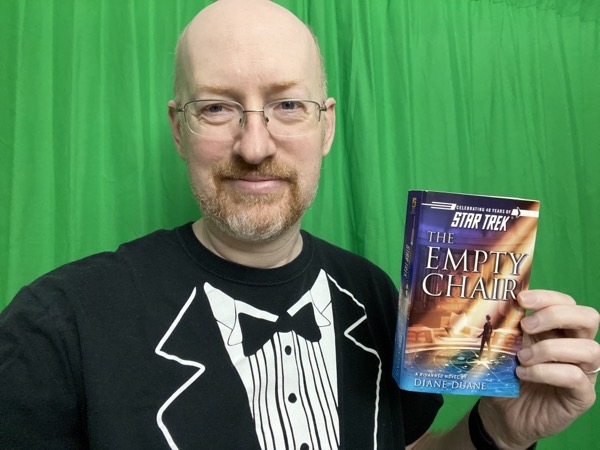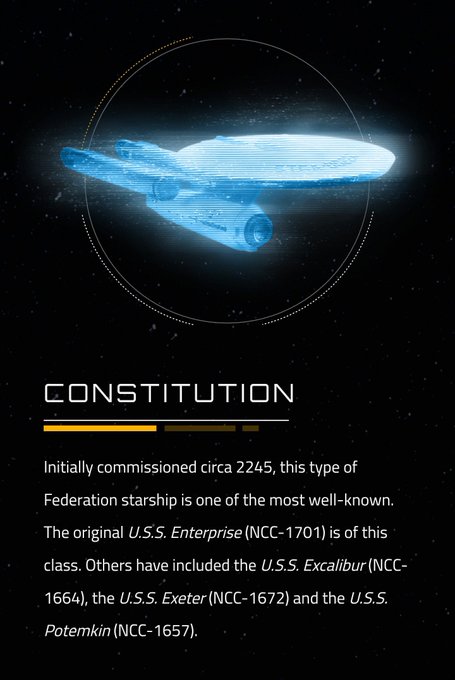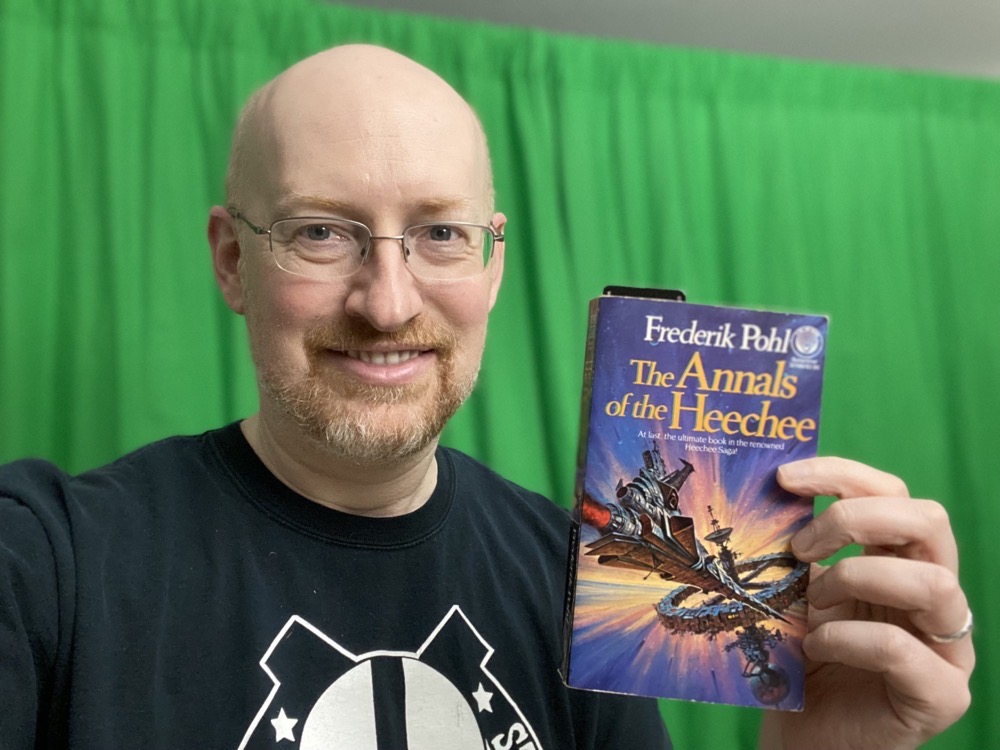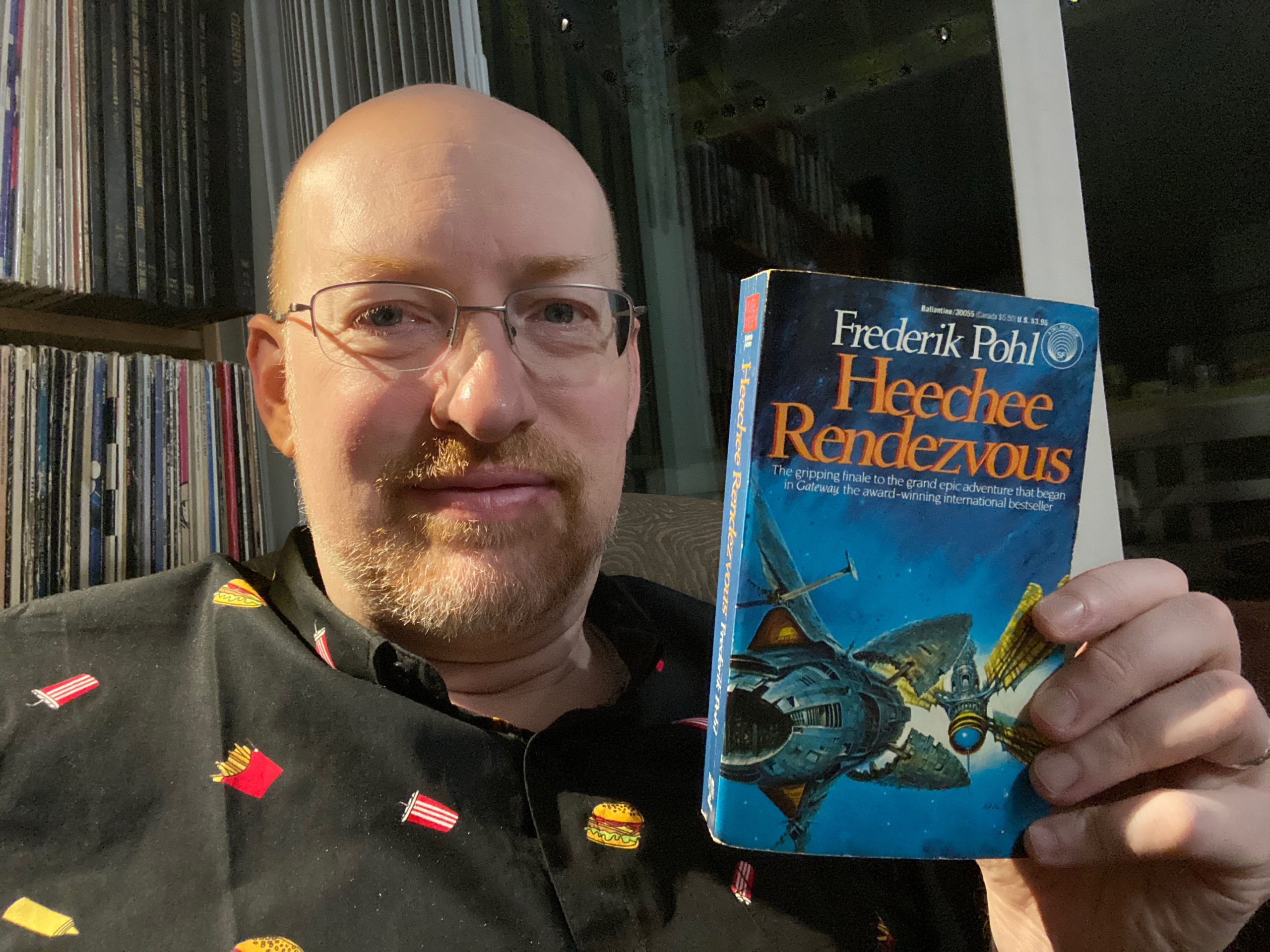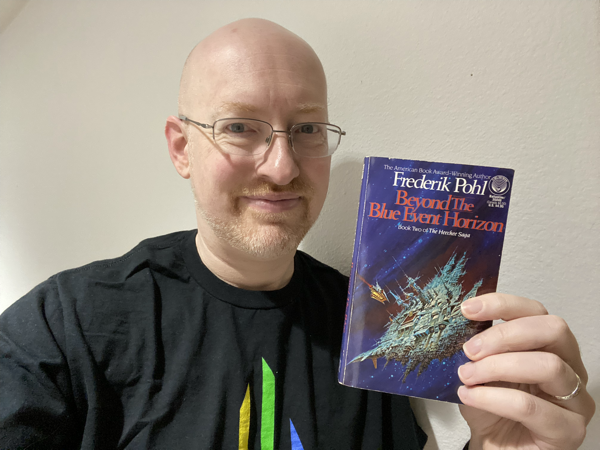Adapted from a Twitter thread:
My biggest hope for Star Trek going forward (Strange New Worlds, Discovery S5, whatever else comes out) is that the writers rediscover the ability to tell small stories.
Disco S1 was the Klingon/Federation war, with a half-season jaunt into the Mirror Universe that removed the Emperor of the Terran Empire, returning to a decimated Federation. S2 was the Red Angel and the battle against Section 31’s Control to save all life in the galaxy. S3 had a shattered Federation because of the Burn, which destroyed most of Starfleet and nearly entirely wiped out warp drive; the actual damage and death toll (both immediate and long-term from the lack of intersystem transportation) is never specified but likely isn’t small. And then S4 had the entire galaxy at risk from a randomly moving literally-planet-shattering device, with at least one inhabited planet destroyed and Ni’Var and Earth under threat (because, of course, Earth must be under threat of destruction fairly regularly).
Then in Star Trek Picard S1 we have synthetics on a mission to destroy all organic life before they can be destroyed. S2 ups the stakes from there with a timeline variant that has altered the course of the entire known galaxy.
It seems like every season of every show has to have some sort of Big Bad that is Bigger and Badder than the last Big Bad. The stakes are always so high that it’s become virtually meaningless. One death is a tragedy, millions are a statistic, billions are a plot device.
This is part of where the first season of Prodigy has been a bit of a breath of fresh air. So far, at least, it’s been relatively small-scale: One group of young adventurers finding a ship and trying to escape their captor. There are signs, of course, that this may change, with the Protostar apparently carrying some sort of viral doomsday weapon that could wipe out Starfleet. Which…well. Here we go again. Why must everything be super-sized?
Lower Decks is the sole entry that has been doing well at having a more focused, smaller scale. Whether intentional or a side effect of having lower deck crew for main characters, it hasn’t gone too large-scale (or when it has, it’s been in the background and we only get hints for comedic effect).
Maybe the stated goal of going back to a more “planet of the week” format for Strange New Worlds will also mean that not every event will be an EVENT. I really hope so. Because while yes, sometimes it can be fun to have a Big Bad that’s Very Big and Very Bad, if you do that every time, it ceases to be particularly interesting.
Big drama can come from small events. Not every threat has to be planet-, system-, galaxy-, or universe-spanning to be threatening.
None of this is to say that I haven’t been enjoying the modern reinvigoration of the Star Trek universe. I have, quite a bit! I just find myself wishing that the stakes weren’t always turned up to 11. That’s good for Spinal Tap. Less so for Star Trek.
